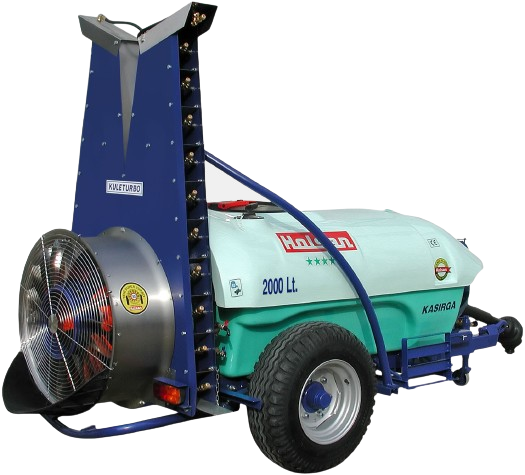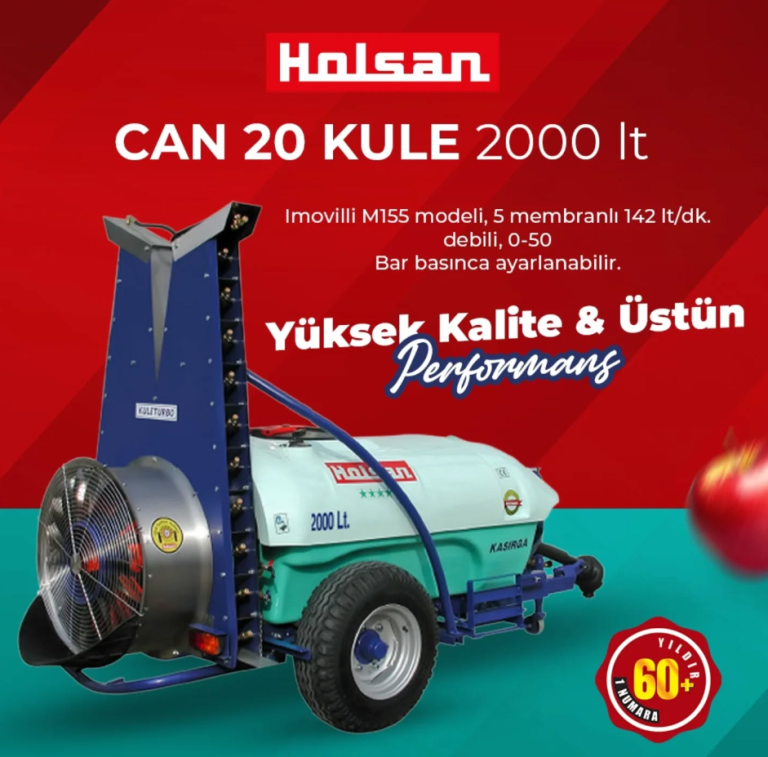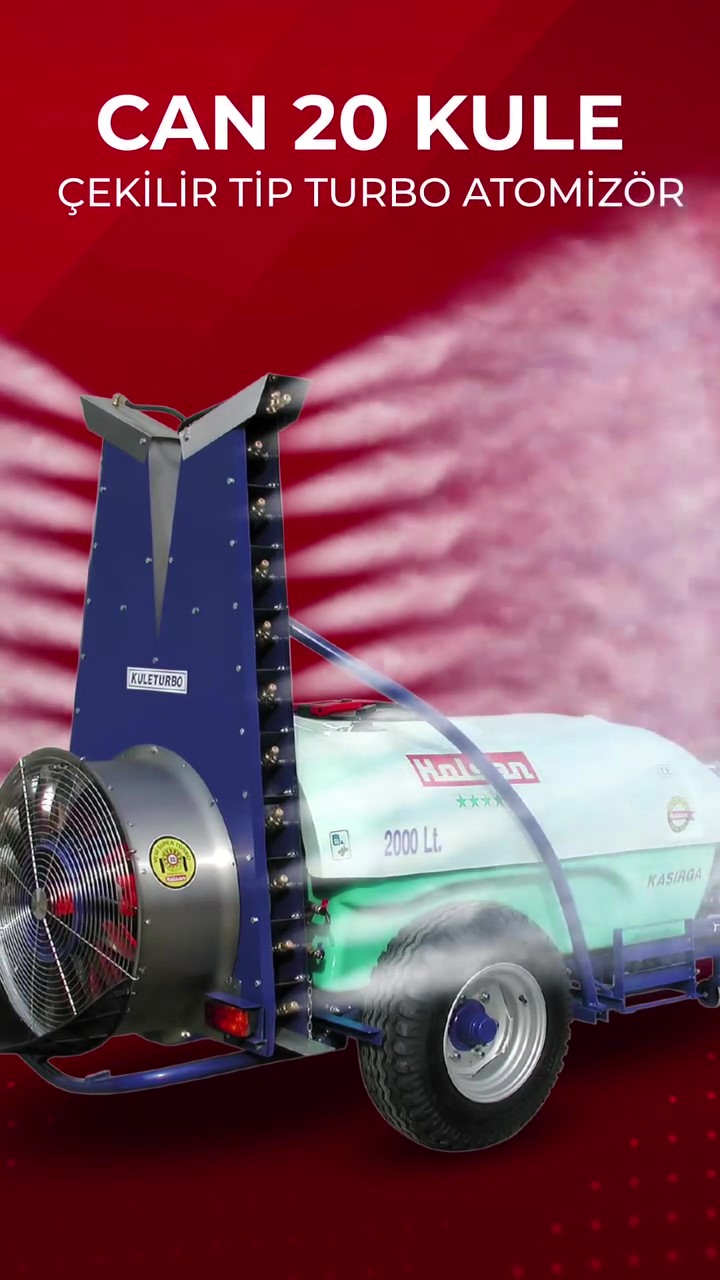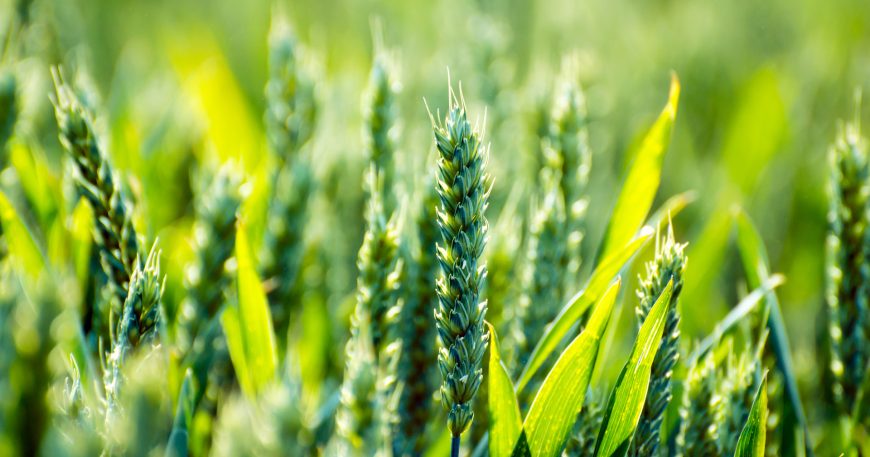Powerful High-Reaching Coverage with Tower Sprayers
In agriculture and gardening, pest and disease control is a critical aspect of maintaining healthy crops and plants. One of the most efficient tools in the pest control arsenal is the tower sprayer. These sprayers offer powerful, high-reaching coverage, making them perfect for managing large areas, such as orchards or fields. However, to get the most out of your tower sprayer, it’s essential to understand how to use it effectively.
Understanding the Power of a Tower Sprayer
Tower sprayers are designed to deliver precise and extensive coverage for pest and disease management. Unlike traditional sprayers, they feature a tall, adjustable spray boom or tower that can reach great heights, ensuring that pesticides and fungicides reach the upper portions of trees, tall plants, or crops. This makes tower sprayers ideal for orchards, vineyards, and large field crops, where conventional sprayers might struggle to reach all areas evenly.
Tower sprayers are often equipped with high-pressure pumps and multiple nozzle settings, which enhance their ability to effectively apply treatment over a wide area. The high-pressure output ensures that pesticides or disease control agents are evenly distributed, leading to more uniform coverage, which is essential for effective pest and disease control.

Choose the Right Sprayer for Your Needs
The first step in maximizing the effectiveness of your tower sprayer is selecting the right model for your needs. There are various types of tower sprayers, each designed for specific tasks and applications.
Mobile Tower Sprayers: These sprayers are mounted on trailers or vehicles, making them ideal for large-scale applications. They can cover wide areas quickly and efficiently, reducing the time spent on spraying.
Tractor-mounted Tower Sprayers: For larger fields, tractor-mounted tower sprayers offer an effective solution for pest and disease control. These sprayers are attached to the tractor and are driven across the field, covering significant areas in less time.
When choosing a tower sprayer, consider the size of your field or orchard, the types of pests or diseases you’re dealing with, and the chemicals or treatments required for effective control.
Ensure Proper Calibration for Accurate Application
Proper calibration is one of the most important factors in ensuring that your tower sprayer delivers the correct amount of pesticide or disease control agent. Over-spraying or under-spraying can result in ineffective pest control, wasted chemicals, or even damage to your crops.
To calibrate your tower sprayer, follow these steps:
Check the pump pressure: Ensure that the pump is set to the correct pressure for the type of pesticide or fungicide you are using. The right pressure ensures even and consistent spraying.
Adjust the nozzle settings: Choose the appropriate nozzle type for your needs. For example, larger nozzles are typically used for broad coverage, while smaller nozzles are ideal for more targeted applications.
Test spray: Before applying to your entire field or orchard, perform a test spray on a small section to ensure that the chemical distribution is even and effective.
A well-calibrated tower sprayer ensures that the right amount of treatment is applied, leading to better results and fewer chemicals being wasted.

Time Your Spraying for Maximum Effectiveness
The timing of your spray application is crucial in pest and disease management. Tower sprayers are most effective when used at the right time in the pest and disease lifecycle. Here are a few key timing considerations:
Spray Early or Late in the Day: To prevent the pesticide from evaporating too quickly due to the sun’s heat, spray early in the morning or late in the evening when temperatures are cooler.
Prevention is Key: Preventative spraying is often more effective than waiting until an infestation has occurred. Use your tower sprayer regularly, especially during peak pest seasons, to keep diseases and pests at bay before they spread.
Weather Conditions: Avoid spraying when it’s windy, as it can cause the chemicals to drift off-target. Also, avoid spraying if rain is expected soon after application, as the treatment might wash off before it has time to be effective.
By timing your tower sprayer applications properly, you can improve your control over pest and disease outbreaks and reduce the amount of chemical use, benefiting both the environment and your crops.
Use the Right Pesticide or Fungicide
The effectiveness of your tower sprayer is directly tied to the quality and suitability of the pesticide or fungicide you are using. Different pests and diseases require different treatments. Make sure that the chemical you use is compatible with your crops and is effective against the specific pest or disease you are targeting.
Selective Pesticides: If you are targeting specific pests, consider using selective pesticides that target only the pest species without harming beneficial insects.
Broad-spectrum Fungicides: For fungal diseases, choose a broad-spectrum fungicide that can treat multiple types of fungal infections commonly found in your area.
Environmental Considerations: Choose chemicals that are safe for the environment. Consider organic or eco-friendly options to minimize the environmental impact of your spraying.
Using the correct pesticide or fungicide ensures that your tower sprayer works as efficiently as possible, delivering the best results for pest and disease control.

Maintain Your Tower Sprayer for Optimal Performance
To keep your tower sprayer functioning at its best, regular maintenance is essential. After each use, clean the sprayer thoroughly to prevent clogs and ensure the pump, hoses, and nozzles remain in good working condition. This will extend the lifespan of your sprayer and ensure it continues to operate at peak efficiency.
Clean the Nozzles: Clogged nozzles can lead to uneven spraying. Always check and clean the nozzles after each use.
Check for Leaks: Inspect the sprayer for leaks, as these can reduce pressure and cause uneven spraying.
Lubricate Moving Parts: Ensure that all moving parts of the sprayer are lubricated to prevent rust and wear, especially if you are using a tower sprayer in harsh weather conditions.
By keeping your tower sprayer well-maintained, you can ensure that it operates smoothly, delivers effective pest and disease control, and lasts for many seasons.
Monitor and Adjust Based on Results
Finally, monitor the results of your spraying. After using the tower sprayer, check the treated areas for signs of pest or disease control. If you’re seeing poor results, it may be time to adjust your spraying technique, change the pesticide, or reapply. Sometimes, pests or diseases can develop resistance, so it’s important to stay flexible and adjust your approach as necessary.
With the right approach, your tower sprayer will not only provide superior coverage but also improve the long-term health of your garden, field, or orchard. Effective pest and disease management starts with the right equipment and knowledge—so make the most of your Holsan tower sprayer today!


